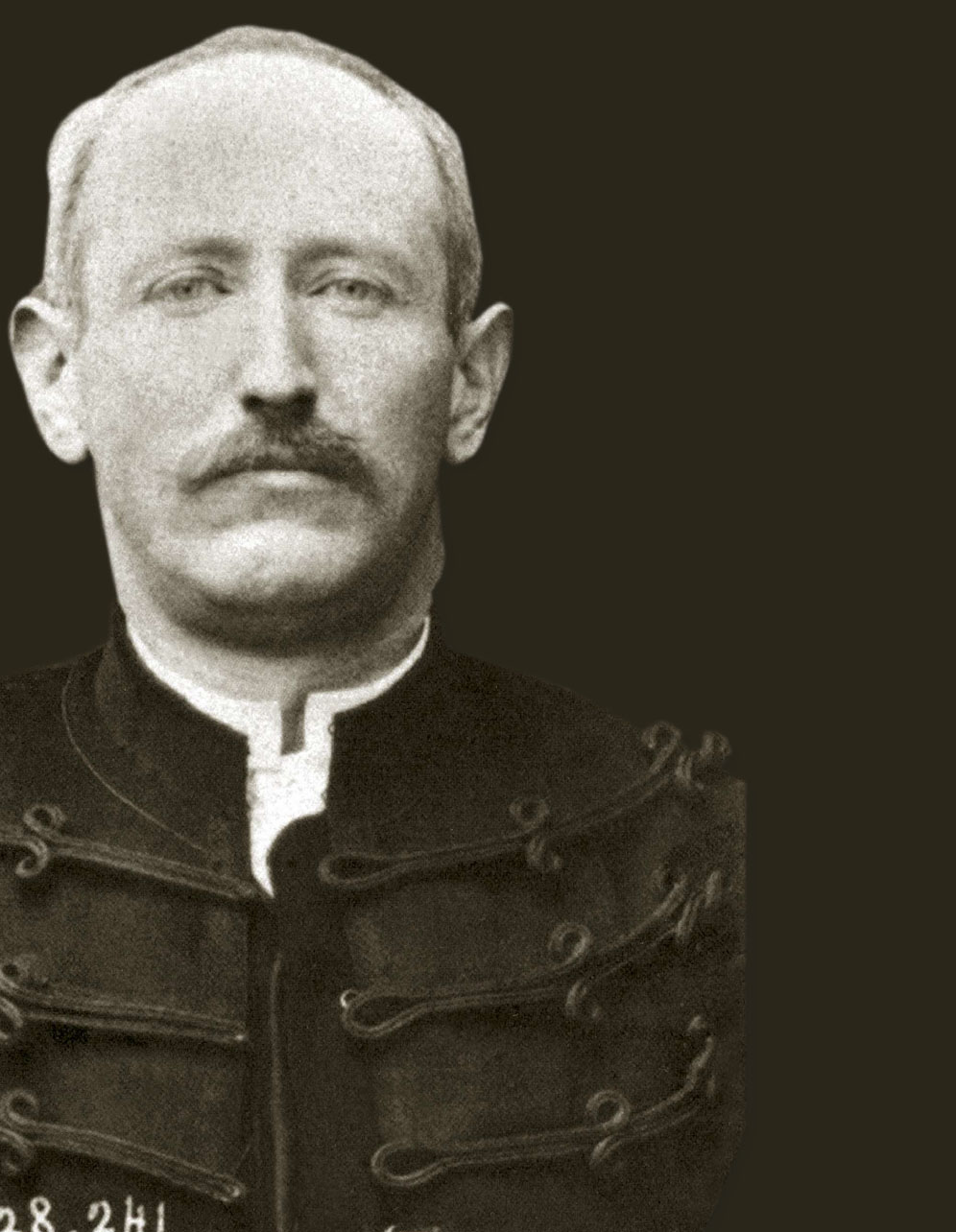

The table below gives each installment's chronological order (#), numbering in Star Film catalogs (SFC), English release titles for the US and UK, original French title, and length in meters (m), as well as the individual scene summaries from the catalog released on 1 November 1899 by the Warwick Trading Company, the only known British firm to sell all eleven installments of the series. Dreyfus, convicted of treason, is led back to prison.
#Alfred dreyfus movie trial#
The turmoil is hardly more contained in the trial itself, when Dreyfus and General Auguste Mercier (called as a witness) are cross-examined. The court martial is heavily attended by journalists on both sides, and a fight breaks out as controversy rages between the Dreyfusard reporter Caroline Rémy de Guebhard and the anti-Dreyfusard reporter Arthur Meyer. The case splits popular opinion into two sides: the Dreyfusards (who believe Dreyfus is innocent) and the anti-Dreyfusards (who believe he is guilty). Labori survives, but the shooter escapes.

Later, when walking with Georges Picquart, Labori is struck down by a bullet.

His defense attorneys Fernand Labori and Edgar Demange visit him, as does his wife Lucie. The next year, in 1899, Dreyfus is transferred from Devil's Island via Quiberon to Rennes, where he will be tried by court-martial now that further evidence has surfaced. Henry commits suicide in Cherche-Midi prison. At the École Militaire, Dreyfus is stripped of his rank and honors, and he is sent to be clapped in irons in prison on Devil's Island.įour years later, Colonel Hubert-Joseph Henry, who had accused Dreyfus publicly, is arrested (he has admitted to having forged the Faux Henry, a false document designed to act as evidence against Dreyfus). Dreyfus protests that he is innocent, and is arrested. Finding that Dreyfus seems nervous, Paty de Clam accuses him outright of having written the Bordereau, and offers a gun so that Dreyfus can commit suicide on the spot. Paty de Clam demands a sample of Dreyfus's handwriting, to see if it matches the writing on the Bordereau (an anonymous letter to the German Embassy that has been discovered by French counterintelligence). In 1894, Armand du Paty de Clam suspects the French military captain Alfred Dreyfus of being a spy for Germany. For information on the individual installments, see the Installments section below. The following is a summary of the series's overarching storyline.
#Alfred dreyfus movie series#
The eleven installments of the series follow the events of the Dreyfus affair from 1894 through September 1899, the month of the series' release. It remains the most famous example of Méliès's staged reconstructions of current events (" reconstructed actualities"), and nine of the eleven installments are known with certainty to survive. Méliès's version was highly publicized, and later recollections and legends claim that it caused considerable interest and controversy at the time. The real-life Dreyfus Affair attracted immense attention both in France and in Britain, and numerous films were made in both countries about the case. The series was acted in a restrained, realistic style vastly unlike Méliès's better-known fantasy films the scenes were staged and advertised to suggest accurately that Dreyfus was innocent of espionage and had been framed. The series follows the case from Alfred Dreyfus's arrest on suspicion of espionage, through his imprisonments on Devil's Island and in Rennes, to his trial and conviction for treason related events are also included, including the suicide of a main Dreyfus accuser, an unknown gunman's attempt to murder Dreyfus's attorney, and a public conflict between pro- and anti-Dreyfus factions. Each of the eleven one-minute installments reconstructs an event from the real-life Dreyfus affair, which was still in progress while the series was being made. The Dreyfus Affair ( French: L'affaire Dreyfus), also known as Dreyfus Court-Martial, is an 1899 series of eleven short silent films by Georges Méliès.


 0 kommentar(er)
0 kommentar(er)
